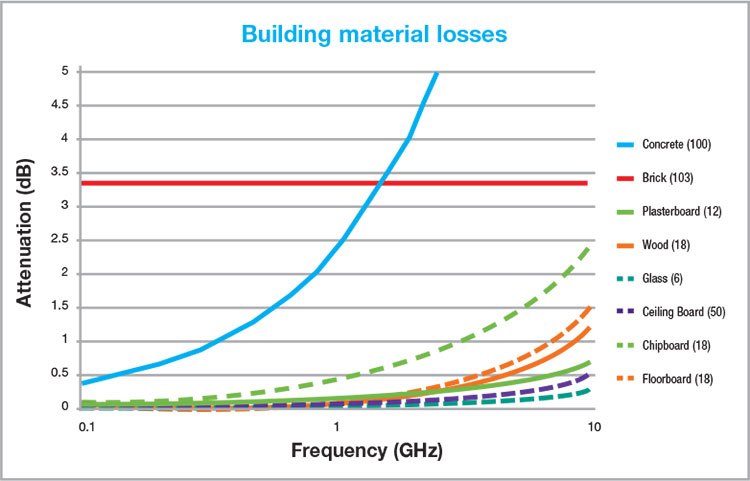Improving connectivity


Jim Leahy from the Office of the Government Chief Information Officer speaks about how the Government Cloud Network (GCN) plans to progress Long-Term Evolution (LTE) across Ireland and the steps that can be taken to improve connectivity.
The Office of the Government Chief Information Officer (OGCIO) has come a long way from the initial idea of connecting government agencies in major cities and a few large towns, to plans for 2017 to establish a government network in every constituency of every town in Ireland. A need for diversity has seen a move from the “humble beginnings” of the EST market, through to integration of the Aurora network (allowing access to Galway, Limerick and Cork) and finally the Enet mesh, now stretching reach to more towns than ever before.
Jim Leahy, from the Office of the Government Chief Information Officer said: “Our reach is increasing and with that we are able to get bandwidth to towns we weren’t able to access in the past. The aim was to get to the county towns. So, rather than something Dublin-based or city-based, connectivity needed to be more regional. Basically, we wanted to ensure that if Dublin vanished off the map in the morning, the rest of the country could keep talking.”
The dedicated government agency network was designed with the objective of ensuring bandwidth was no longer an issue when adding another service. Point to point connectivity between each town has eradicated the need to get a service from a carrier from their network. “In each of the towns there is a point to point that we manage. That means that if we see the traffic going up from agencies, we can go back to the carriers and say we want more bandwidth. We are making sure that we stay ahead of the demand,” he added.
The greatest challenge for the GCN now lies in mobility and ensuring that data is fed speedily to the main consumption tools of mobile, tablet, Note Pad and PC. Leahy said that there is a lot of “misinformation” around standards and what they deliver.
“Like anything we have to have the right tools for the job, to get those right tools we need to understand the system. When we hear about new standards coming through, often they won’t hit the market until two to three years later. Sometimes part of the standard never gets implemented as either a manufacturer or a carrier declares a lack of demand. From our point of view you need to then look to see what parts of those standard the manufacturer or carrier you are using has and how the carrier is giving you the service.”
The 3rd Generation Partnership Project (3GPP), an umbrella of standard development organisations providing a stable environment to produce reports and specifications that define 3GPP technologies, are currently signing off Release 13. The release saw the completion of the first set of specifications covering mission-critical service, specifically use of LTE by blue light services. Leahy said that while that is being written now, it will likely be five years before it comes in to play.
He added: “When new technology comes up, it has to be backward compatible and a carrier wants to make sure that they only need to add the smallest amount possible to their network so they can keep a 2G going, right up to 4G. This year IP is changing the way carriers deliver networks.”
How do we get there?
Leahy said that a crucial element to moving forward relies on cell size because it determines the extent of coverage. “The word cell comes from the shape of the original GSM. When we started off you had one base station in the middle and one frequency. You were given five or six frequencies by the regulator and the whole job of a telecoms engineer was to figure out how well you could reuse the frequencies. Now you get a frequency block from ComReg and we tell the base station to sort it out themselves,” he said.
“That allows for using different frequencies to different areas. What I mean by that is one frequency can be used for rural, the other in the cities and they can be sub-divided again. These networks are now designed to learn themselves and almost take the job of frequency engineering out of the picture.”
Leahy added that in terms of better coverage there are elements set by regulation that cannot be altered including the transmit power, cable loss, transmit antennae gain and open air loss. However, he said there are things that can be altered, including the frequency of the carrier. “If a carrier is using a low frequency, we have less loss when we go into a building and when using high frequency it is more. This is why in rural Ireland we use high frequencies and low frequencies in the cities. The same amount of information is available but lower frequencies travel further.”
Better coverage can also be affected by barriers such as concrete walls, glass and insulation. Speaking about mobile coverage for a phone he estimated that a GSM 900 MHz measured a loss of -15 to -25 dB on a train carriage, car loss causes an 8 dB minimum loss and the human body can cause 2 dB to 22 dB loss depending on position.
What can the carrier do?
- Make sure the backhaul is not a limiting factor
- Use lower frequencies in rural area
- Have more base stations
- Supplement with femto and pico cells
What can the customer do?
- For mobiles keep them in as open a space as possible
- For data devices
- Use a device with MIMO capability
- Use an external antenna
- Have the antennae MIMO compatible
- Look at installing a pre amplifier






